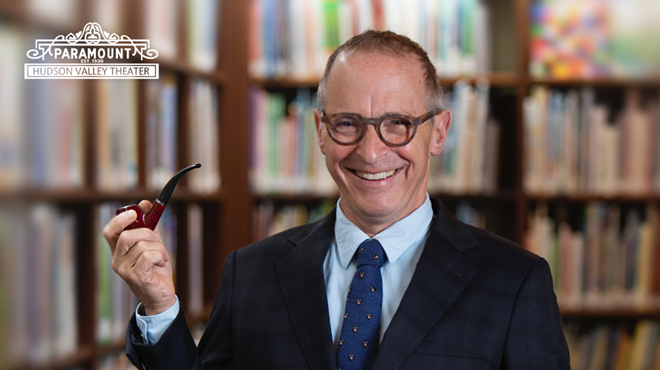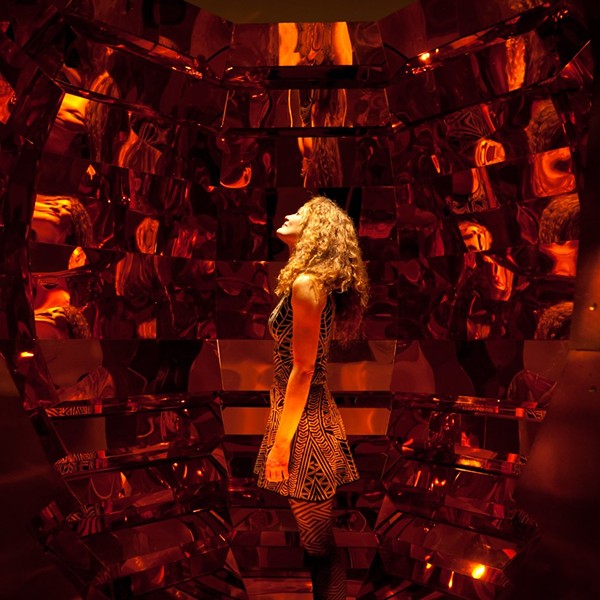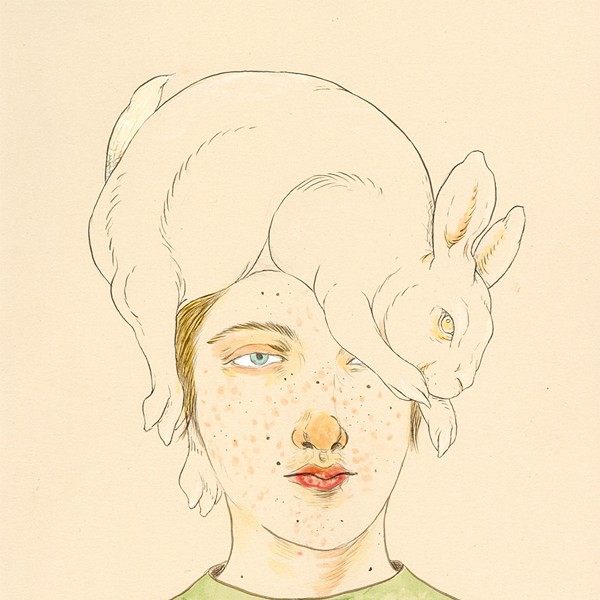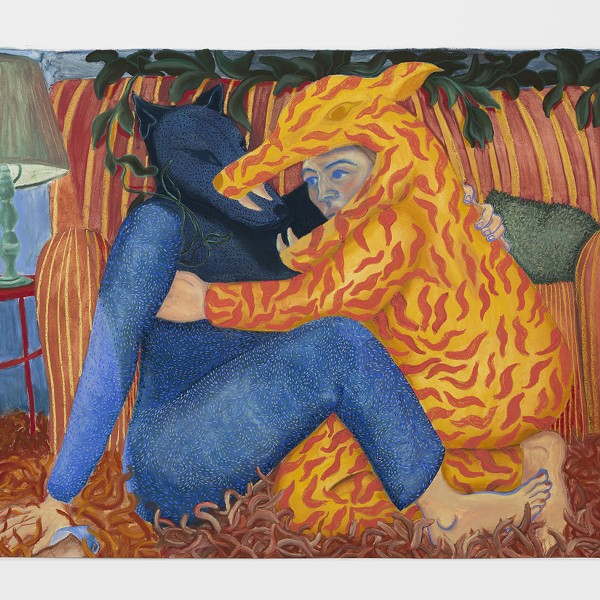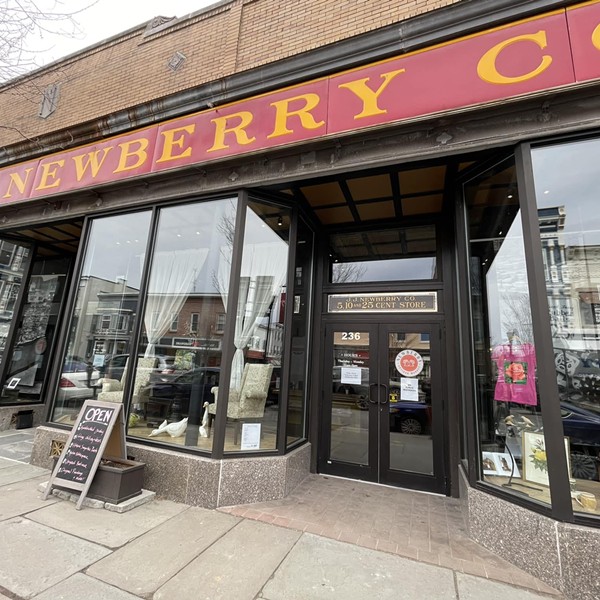For its Magic Wall Magnetic Paint, Kling uses a proprietary process to make magnet-receptive paint that can be applied to existing walls, making it possible for artwork, posters, charts, and plans to be displayed without potentially destructive tacks, pushpins, glue, or tape. Th e water-based acrylic latex paint, which has been mixed with superfi ne, nonrusting iron particles, can be left in its dark-gray form or top-coated with latex or enamel paint. According to Klingmarketing materials, the Magic Wall Magnetic Paint is lead-free and kid-safe.
When Rael first moved the magnetics part of the business upstate, he wanted to lease the building that currently houses Kling Magnetics, SunDog Solar, and Solaqua. The real-estate broker “couldn’t lease it to me because he was in the process of negotiating a sale to York Paper,” says Rael. York succeeded in purchasing
the property, and Rael took Kling Magnetics to Hudson, instead. “[York] ran it until ’94 or ’95,” says Rael, “and then just abruptly shut down the whole mill. When York announced they were closing, I wanted to buy just this building. Instead, they made me buy the mill and 200 acres.”
After two years of negotiations, Rael acquired the property and moved Kling into the building he had initially hoped to lease. “And then I was left with 100,000 square feet of space,” says Rael, referring to the mill. “We kept walking through it and throwing out ideas. Of course, the fi rst idea was an arts center. That’s what everybody with a factory space thinks. Okay, let’s bring in a bunch of artists.”
Currently, Rael uses a retrofitted GEM (Global Electric Motorcar, from a unit at Chrysler) to produce solar-powered sound at concerts, festivals, educational outreach programs, and promotional and fundraising events. Each of the electric vehicle’s wing doors has 12 50-watt photovoltaic modules that charge the car’s battery bank and energize the custom PA system. The GEM has appeared at the Columbia County Fair and other Hudson Valley events.
Although Rael purchased the mill property ten years ago, only in the last three has he begun working on establishing Solaqua Power and Art at the site. His staff includes Boyd and Cherie Miller-Schwartz, who was hired this year to work full-time as Solaqua’s executive director. Previously, Miller-Schwartz had been the director of master planning and rehabilitation at the Shaker Museum’s Mount Lebanon project.
“Our idea continues to be clarified based on existing conditions of the mill, and also the economic and market demands,” says Miller-Schwartz. “There’s much more awareness of renewable energy now, certainly than there was even two years ago. And there’s much more demand for green businesses now than there was two years ago.”
Rael says that so far, “Kling Magnetics has been the money engine behind the mill project. So if I have to do it alone, it’s going to proceed very slowly, at my speed.” Rael and the Solaqua team have reached out to community members, politicians, nonprofit organizations, government agencies, renewable-energy experts, architects, and investors in an effort to make Solaqua Power and Art happen.
Among Rael’s many fantasies for the Solaqua site is a solar-powered icecream factory. “Th at’s the idea here,” he says. “To provide energy-intensive crafts and food for people with very low-cost energy.” In addition to running Kling Magnetics and SunDog Solar, Rael wants to “create something unbelievable.” For him, Solaqua Power and Art is it.








